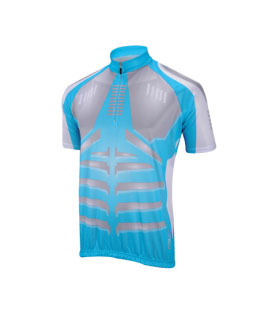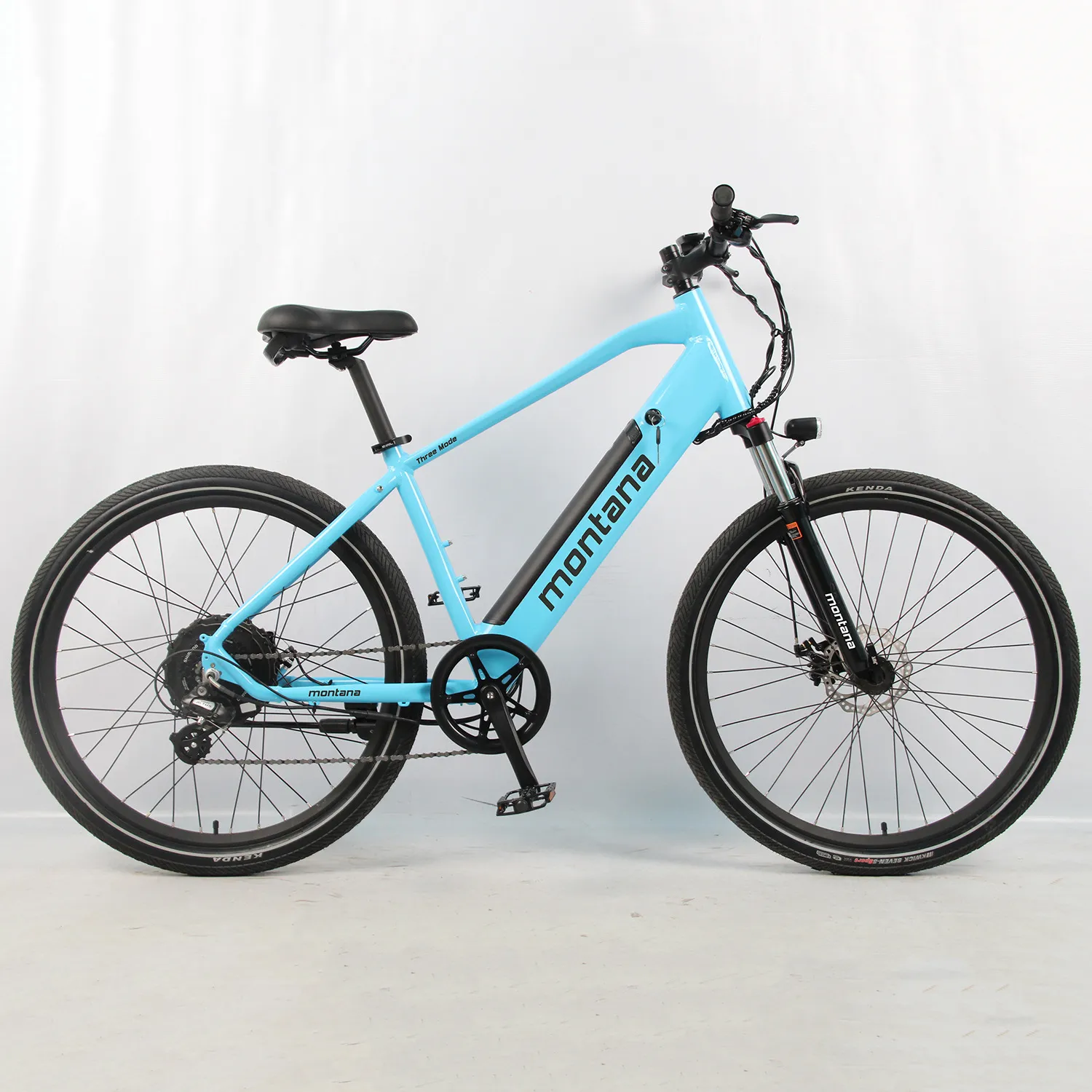Feb . 19, 2025 10:58 Back to list
27.5/29 "Color-Changing Carbon Fiber Mountain Bike 12 Variable Speed Mountain Bike Dirt Bike


Once the limit screws are satisfactorily adjusted, focus attention on the cable tension. Shift your bike into the middle gear of the rear cassette and assess the tension by turning the barrel adjuster accordingly. If you notice the chain hesitating to move to a larger cog, increase the tension by turning the barrel adjuster counterclockwise. Conversely, if the chain does not drop smoothly to a smaller cog, decrease the tension by turning it clockwise. Make fine adjustments until the chain transitions between gears fluidly. Keep an ear open for any noises. A well-tuned derailleur should operate quietly. Strange noises or excessive clattering may indicate a misalignment or a need for further adjustment. Implementing these tuning techniques not only fosters trust in the bike's efficiency but also bolsters your expertise as a proficient cyclist. Periodically, perform routine inspections on your bike’s drivetrain. A clean and lubricated chain greatly enhances the performance and lifespan of your derailleur. Use a suitable degreaser to clean the chain and apply a quality lubricant to maintain optimal functioning. As an authoritative figure in the biking community, sharing insights and experiences about precise derailleur tuning can inspire confidence in novice cyclists and augment the shared knowledge of seasoned riders. Engaging discussions, workshops, or even digital content like blogs or videos can disseminate this valuable expertise within the cycling community, further solidifying your credibility and reliability. In conclusion, mastering derailleur tuning is both an art and a science, requiring patience, attention to detail, and a commitment to excellence. The pathway to a superior mountain biking experience lies in this critical skill, ensuring not just a smooth ride but a deeper connection with the terrain and your machine. This comprehensive understanding elevates your reputation as a knowledgeable cyclist and underpins the trust your peers place in your expertise. Embrace and impart this knowledge, enriching both personal adventures and the broader biking community.
-
In-Depth Guide to Ebike Frames: Design, Use & Future Trends
NewsNov.25,2025
-
Discover Top E Bike Brand Insights, Specs & Future Trends | Yanline Bike
NewsNov.24,2025
-
Green E Bike – The Future of Sustainable Urban Mobility
NewsNov.24,2025
-
Ruffian eBike: Durable, Efficient Electric Bikes for Modern Mobility
NewsNov.23,2025
-
Comprehensive Guide to the Global E Bike Market and Future Trends
NewsNov.23,2025
-
Understanding Electric Bicycle Range: A Complete Guide for Smarter E-Bike Use
NewsNov.22,2025
-
Ceron Electric Bike – Efficient, Sustainable Urban Mobility Solutions
NewsNov.22,2025




